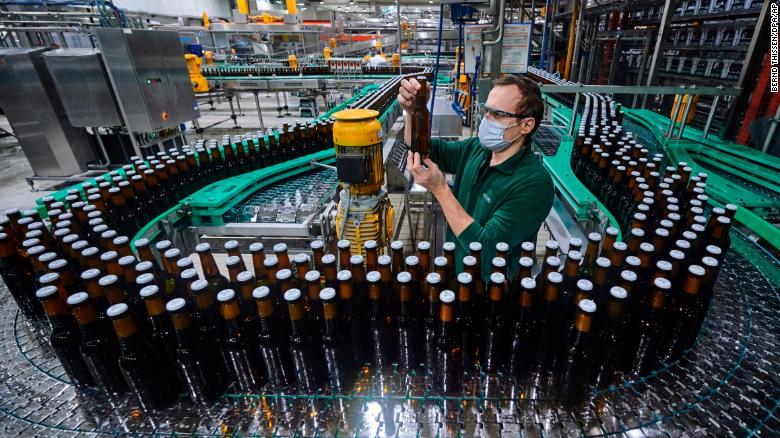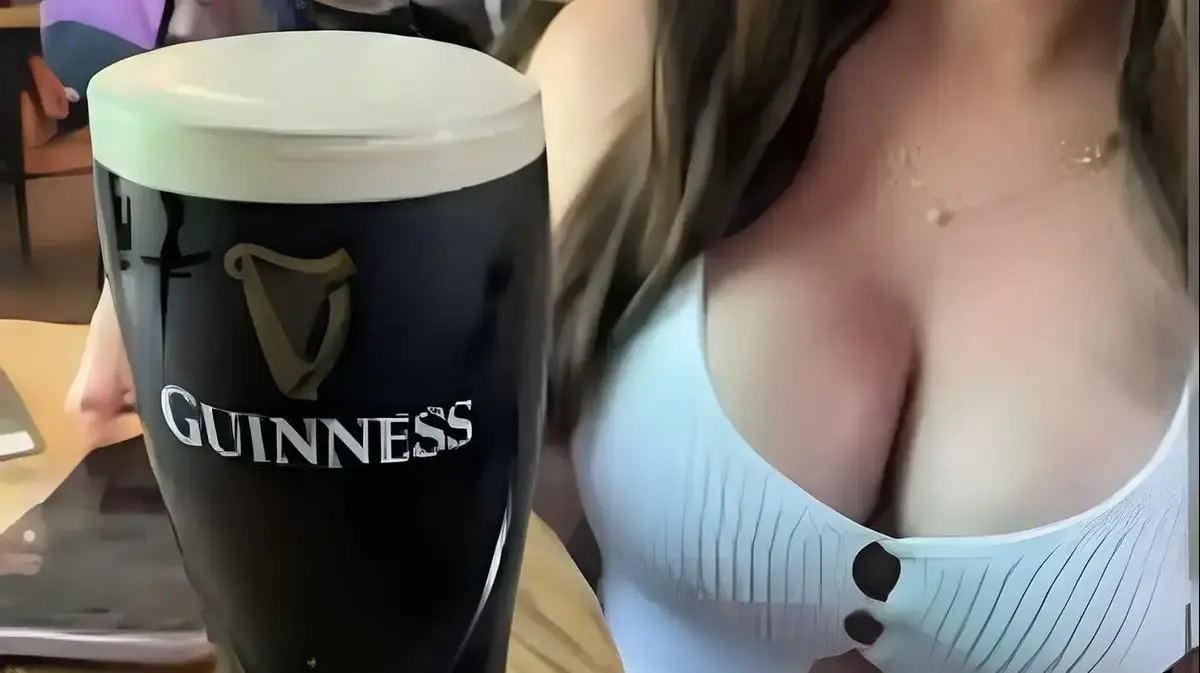Basic guide to understanding beer styles 3:32
(CNN) --
Have you ever opened a bottle of beer, poured it into a clear glass and left it outside in the sun?
Maybe you've come back to it after a while to take a sip, and something doesn't taste quite right.
If you have experienced this strange taste, it is due to a chemical compound similar to the stinky odor produced by skunks.
That is why the beer community has baptized this process as "skunking" or "zorrillado".
Chuck Skypeck, director of technical brewing projects for the Brewers Association, has owned and operated craft breweries for 21 years.
He says that the cause of "zorrillado" was not really understood until the 1960s.
When beer hops are exposed to strong light, a photooxidation reaction occurs, creating the compound 3-methyl-2-butene-1-thiol.
To prevent the "throbbing" process from occurring, brewers have opted for dark-colored glass.
That is why today you see so many beers in brown glass bottles.
Hazardous Chemicals Found in Packaging at Major Fast Food Restaurants and Supermarkets
"It's a simple reaction that creates what most people consider to be an off-flavor," Skypeck said.
"So anything that protects the beer from that will preserve its flavor, so it will be served as the brewer intended."
Hence the popular choice among brewers: the color brown.
But that's not the only color you see on beer bottles;
some also come in green glass.
What is behind this choice?
Since green doesn't protect as much from light, the reason for its use is primarily marketing, according to Skypeck.
advertising
"If you look at which brands have green glass, you will probably find mostly traditional brands that have been on the market for a long time," he says.
"A good number of European brewers use green glass. Their green bottles are their image. And again, we're talking decades ago, there was a certain association of quality and uniqueness with green glass."
And if that green glass wasn't tinted enough to prevent contamination, Skypeck said consumers back then could just say, "Oh look, this tastes different. It's from Europe. It must be good."
In choosing glass as a packaging material over plastic, Skypeck said glass is not only perceived as more environmentally friendly and appears higher quality to consumers, it also prevents the beer from going stale. , as plastics let carbonation out of the beer and allow oxygen in over time.
Cans are also a popular choice for packaging and do not let in light, but can still spoil due to a process known as heat aging.
According to Skypeck, more studies are needed in this field to determine which is the optimal container to avoid “stuck”.
As for any other guidance on how to store your beer to avoid staleness, rancidity, or any change in flavor, Skypeck has a simple rule of thumb: cold and dark.
"Beer is basically water, barley, sometimes wheat, hops and yeast - it's a food product. And just like any other food product, it can lose its freshness," he says.
"What really causes any food product to lose its freshness, other than this photochemical reaction that we're talking about, is exposure to oxygen and exposure to (warmer) temperature."
If it ever occurs to you to do a home experiment, place a beer in the sunlight for a couple of hours and you can see for yourself the loss of freshness.
Beer











/cloudfront-eu-central-1.images.arcpublishing.com/prisa/KMEYMJKESBAZBE4MRBAM4TGHIQ.jpg)


